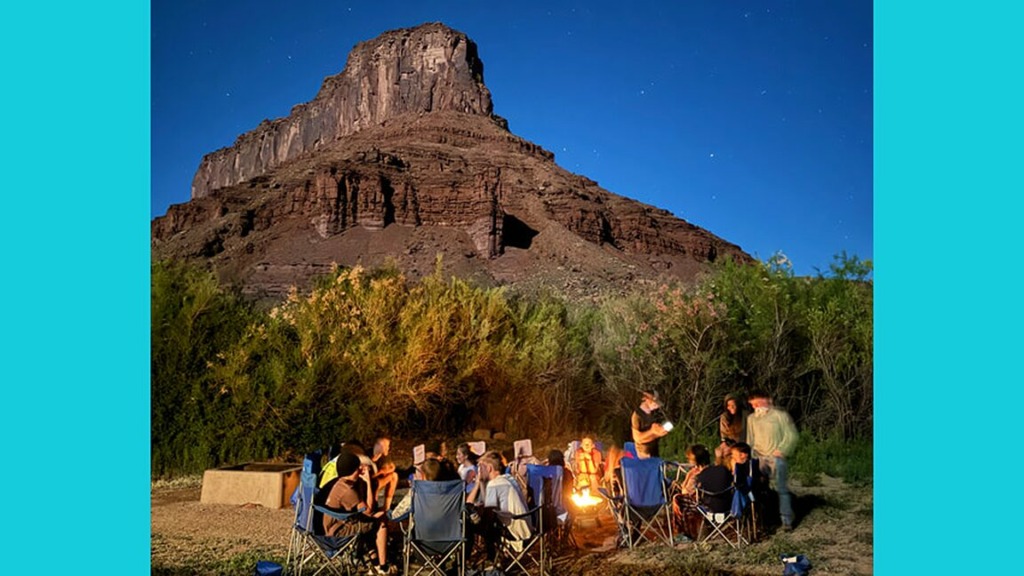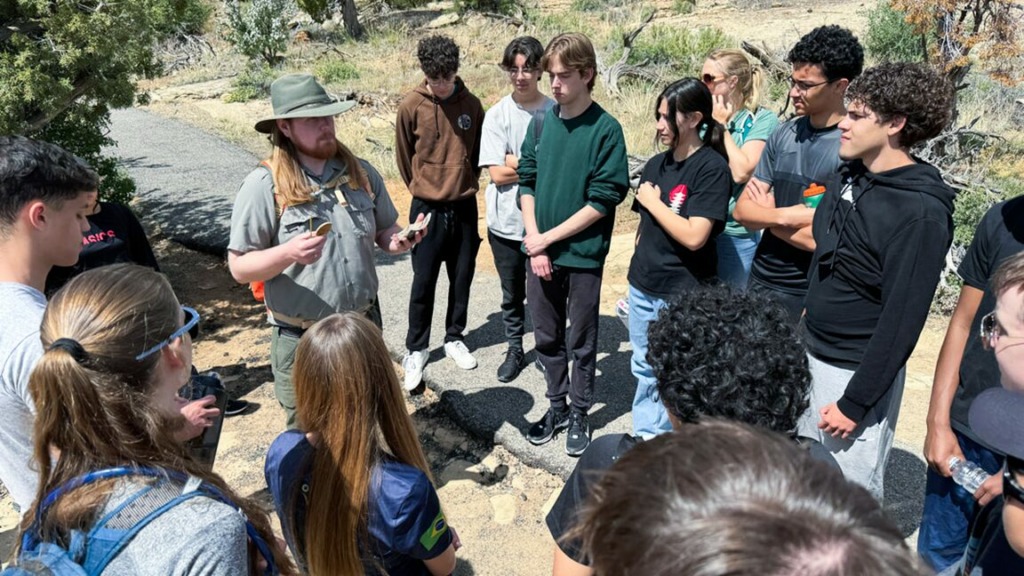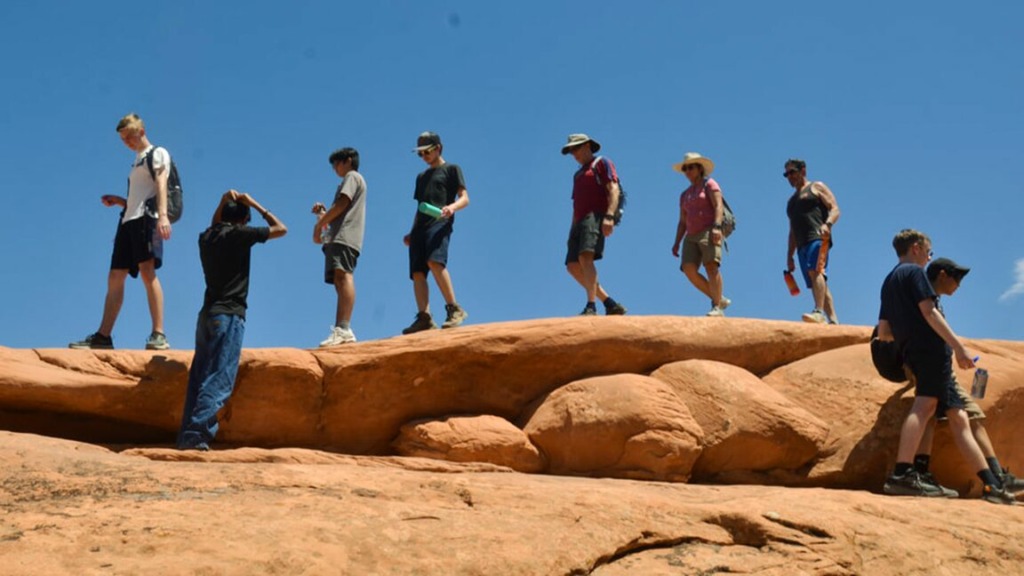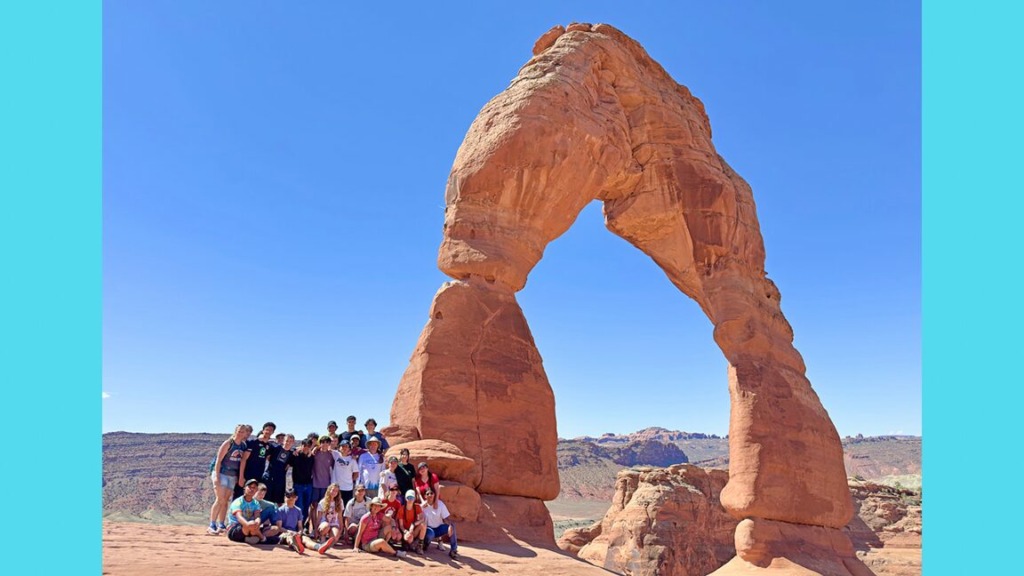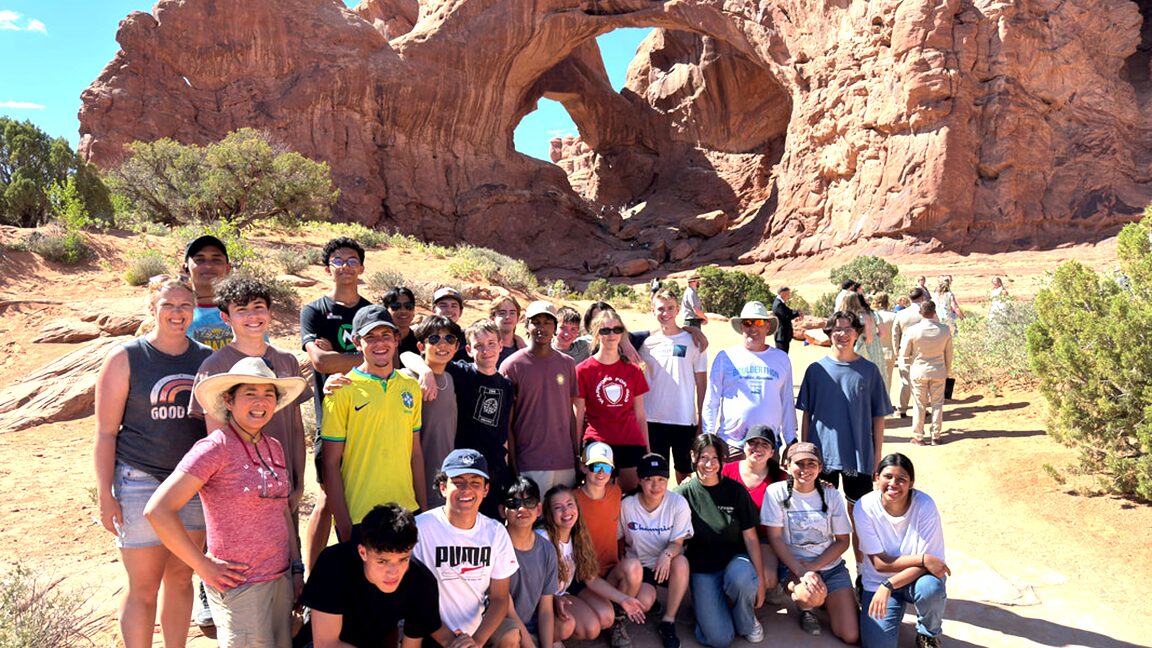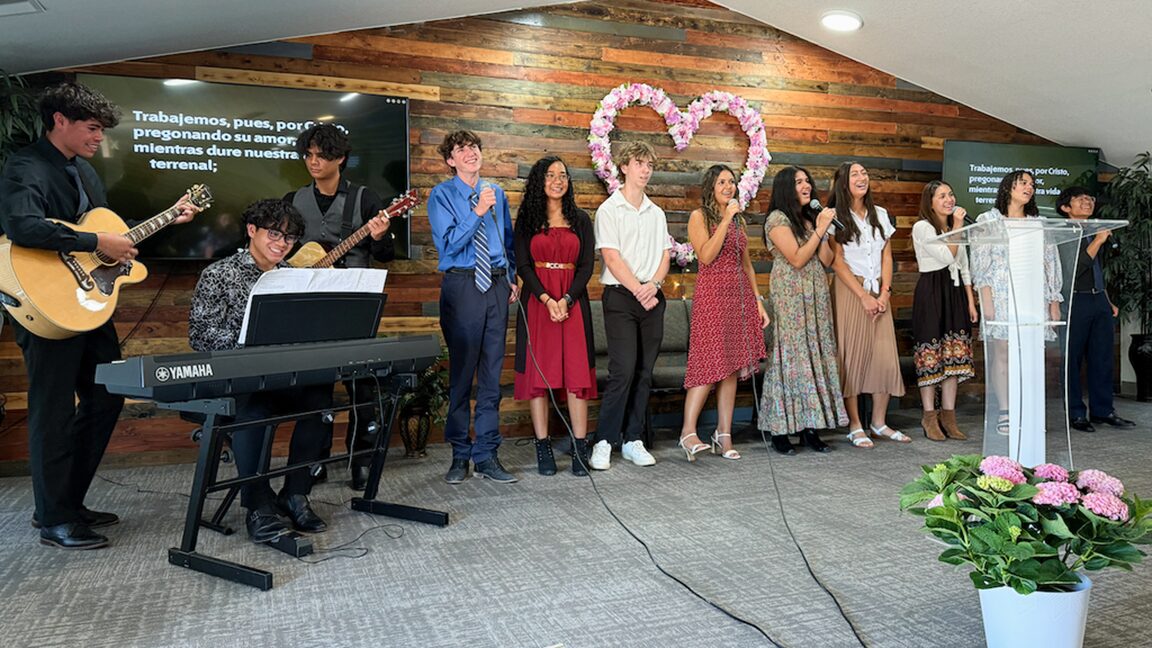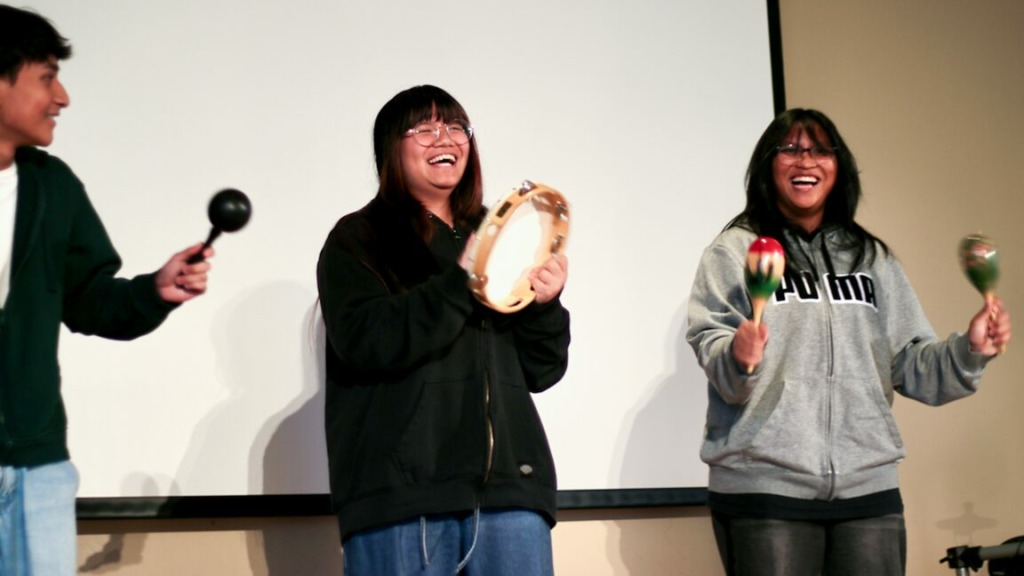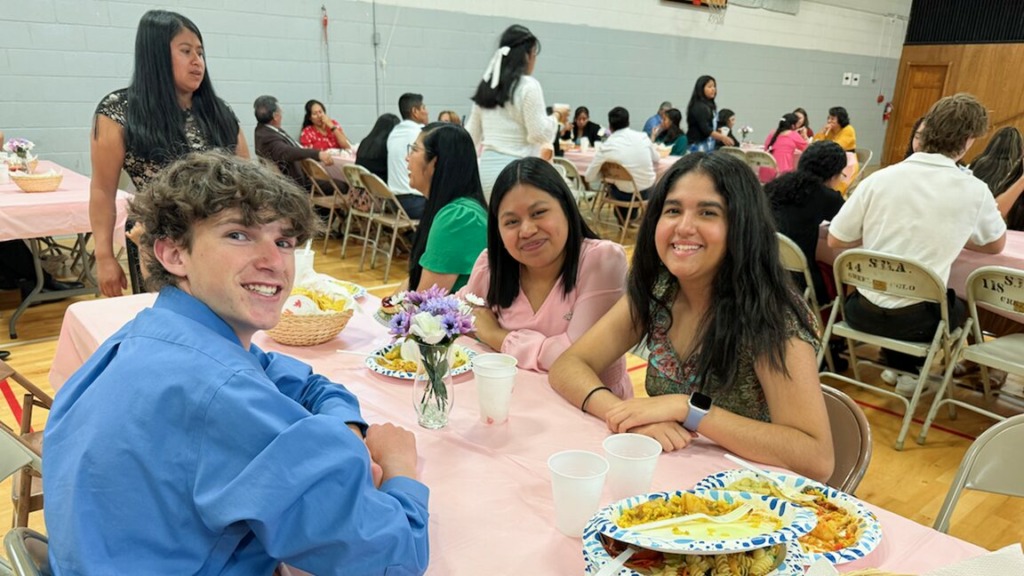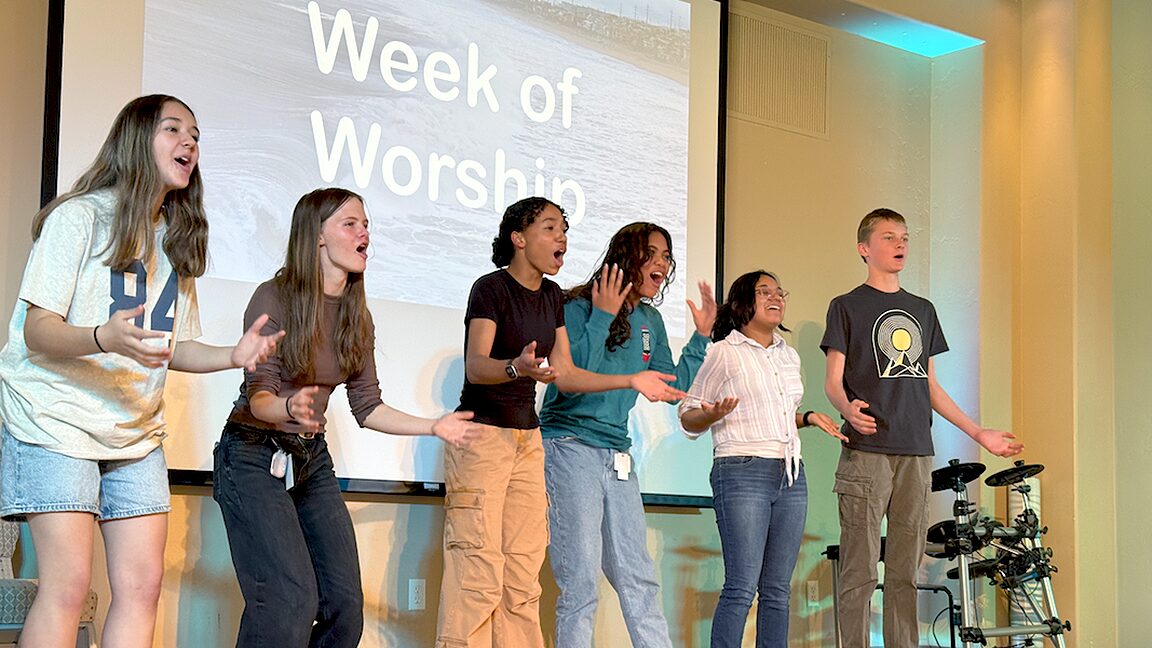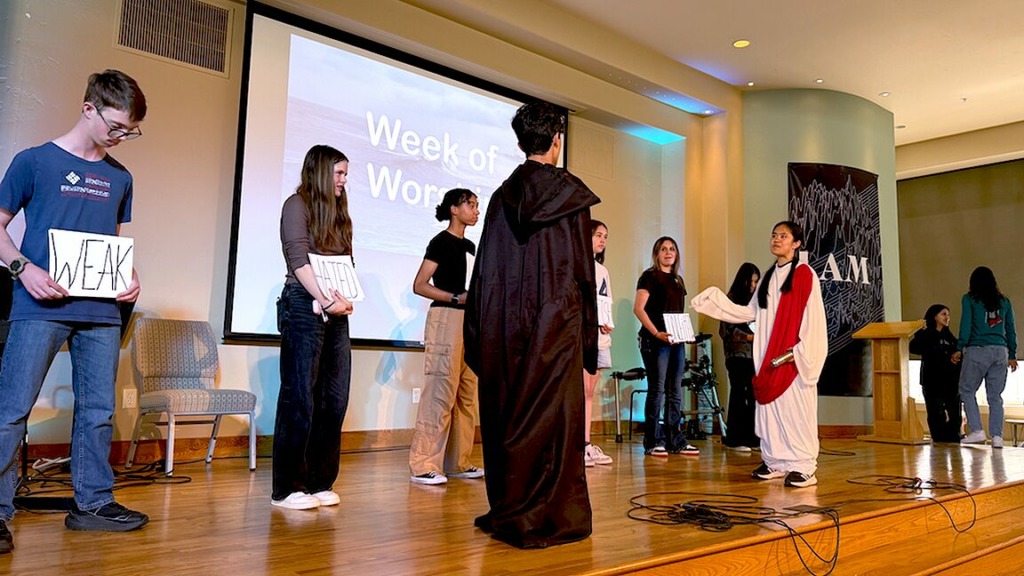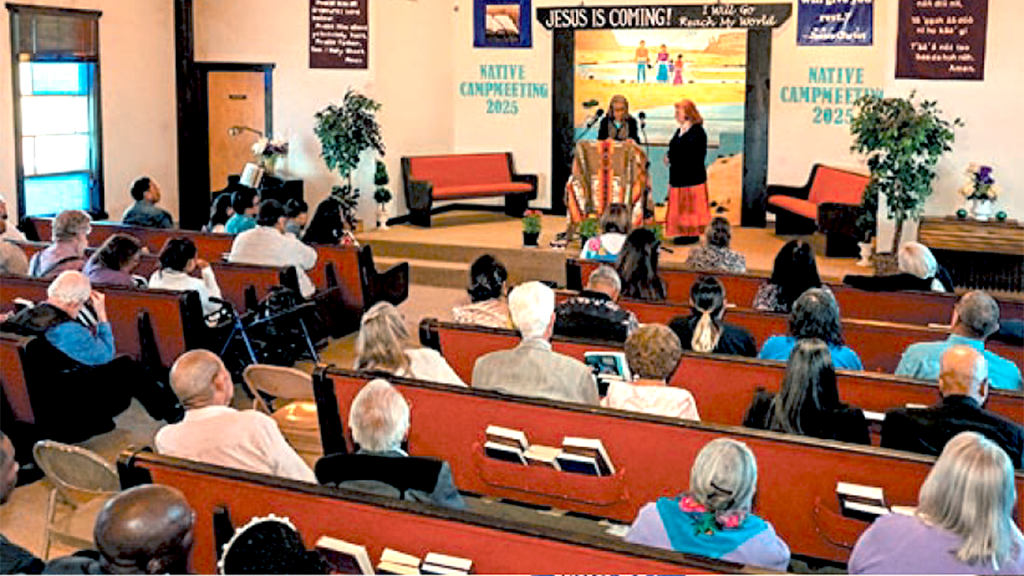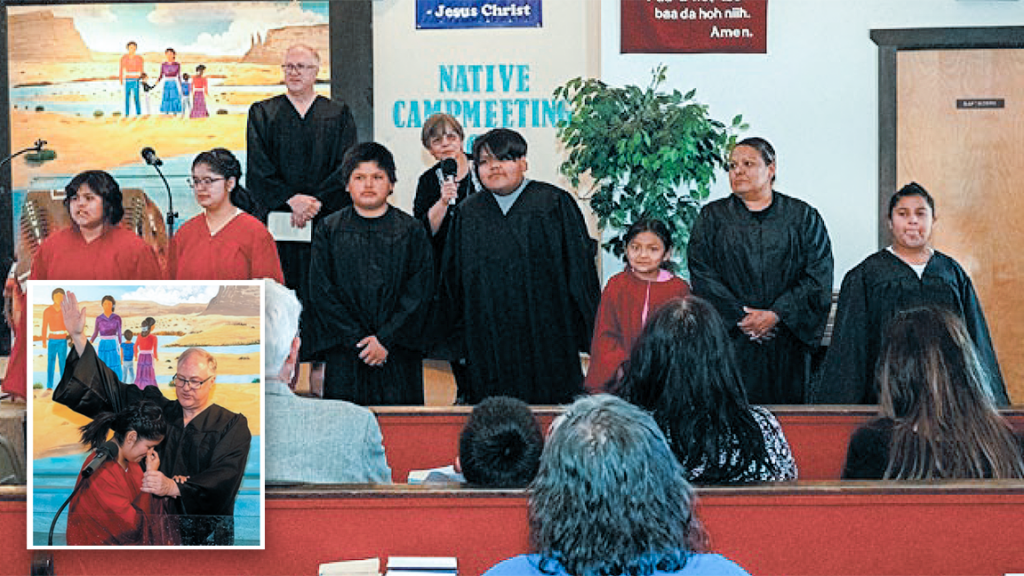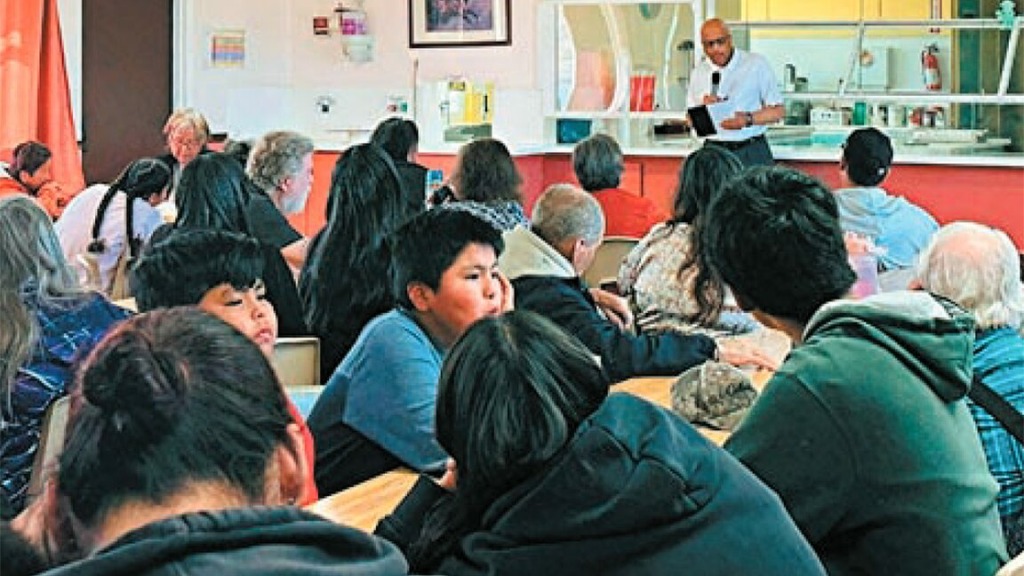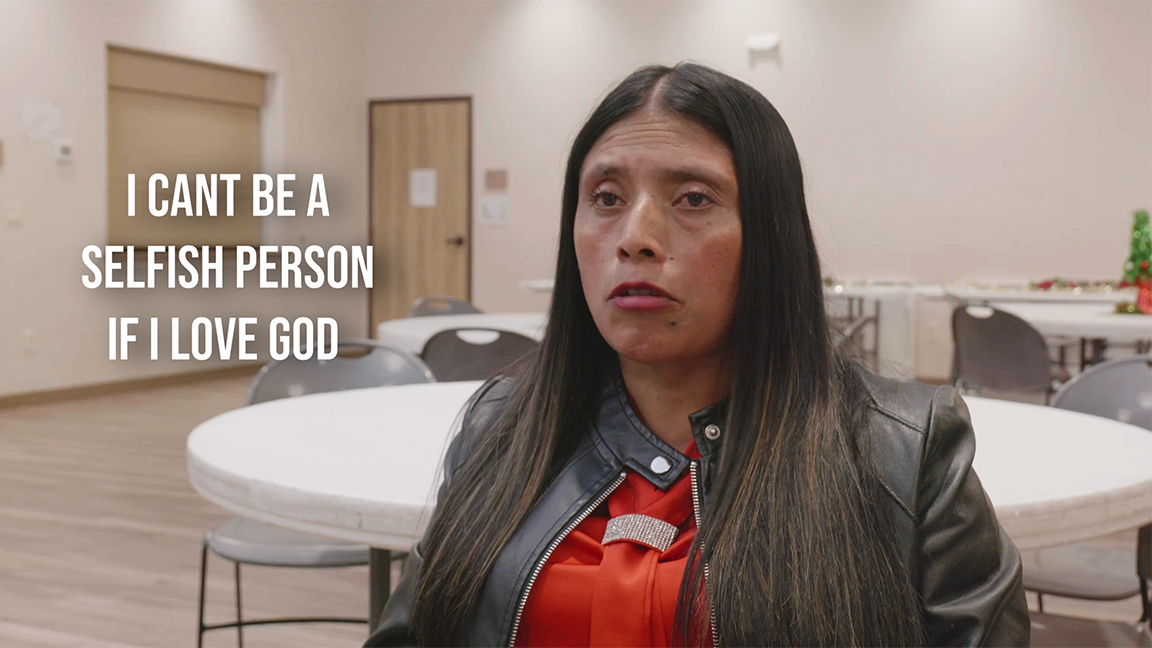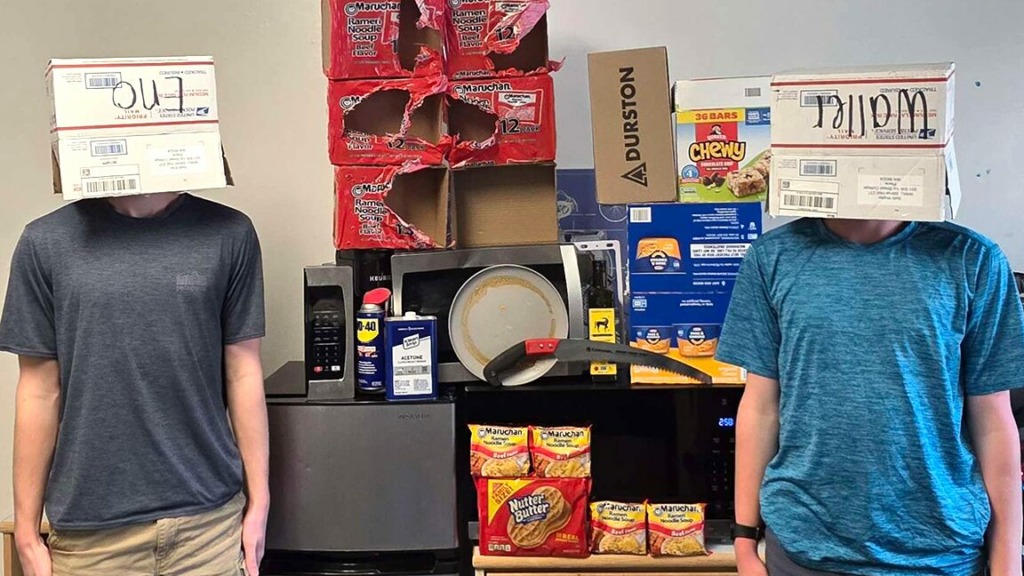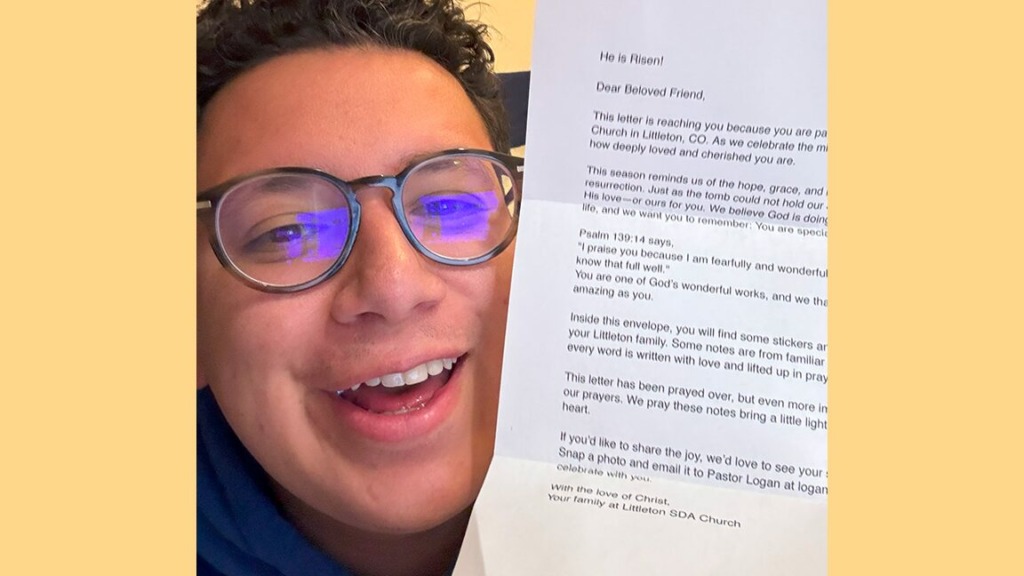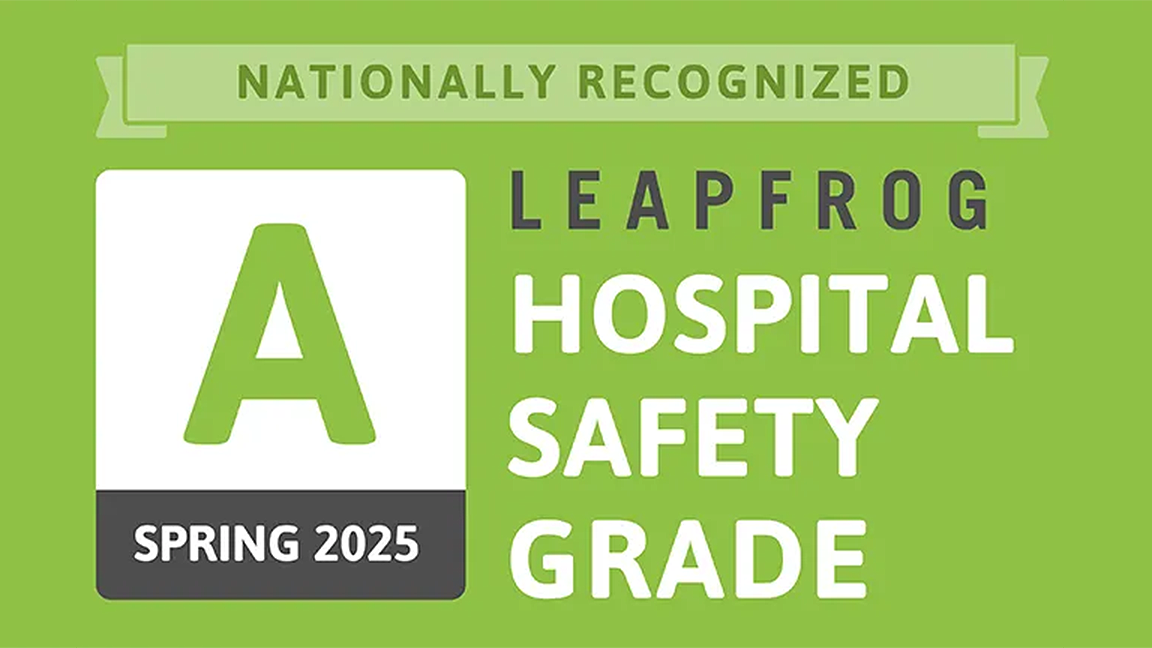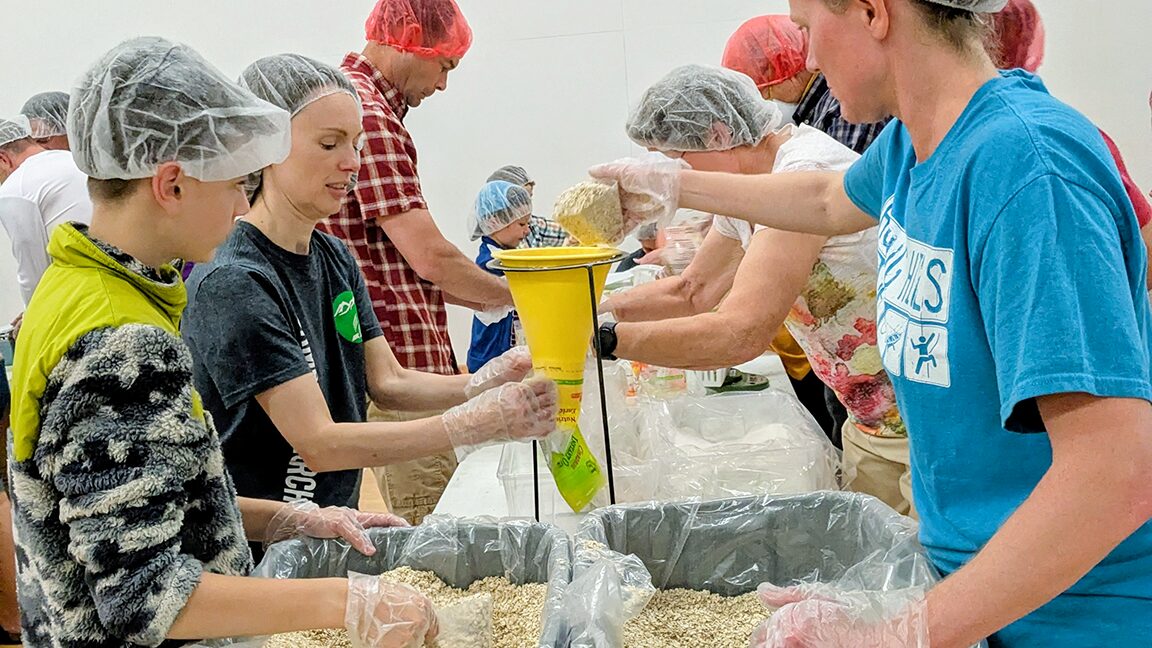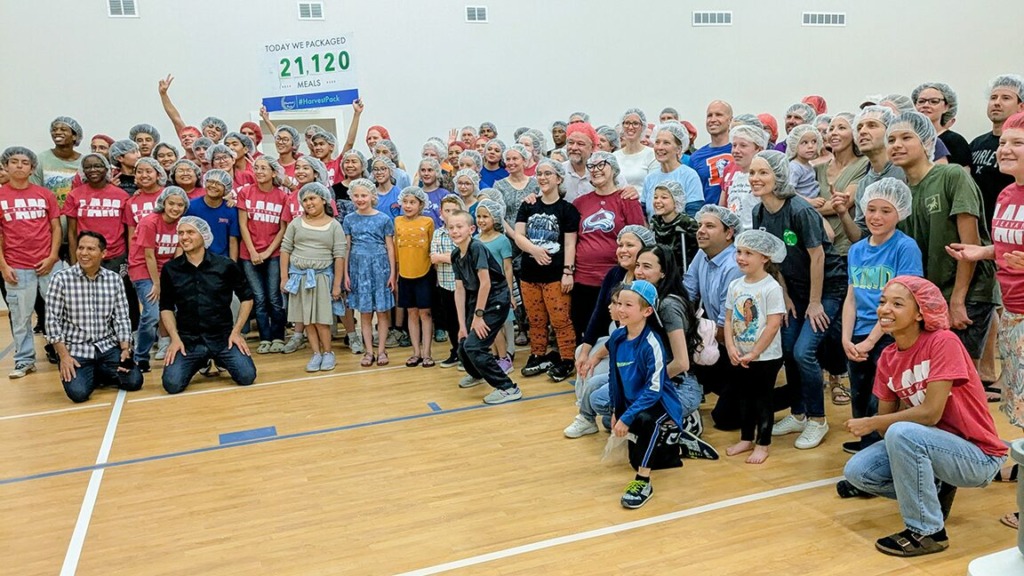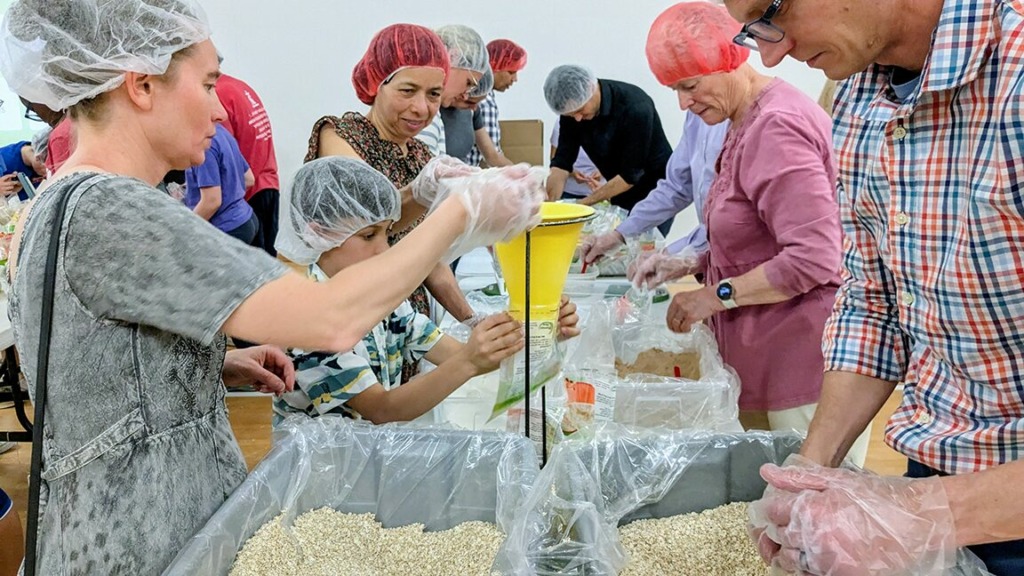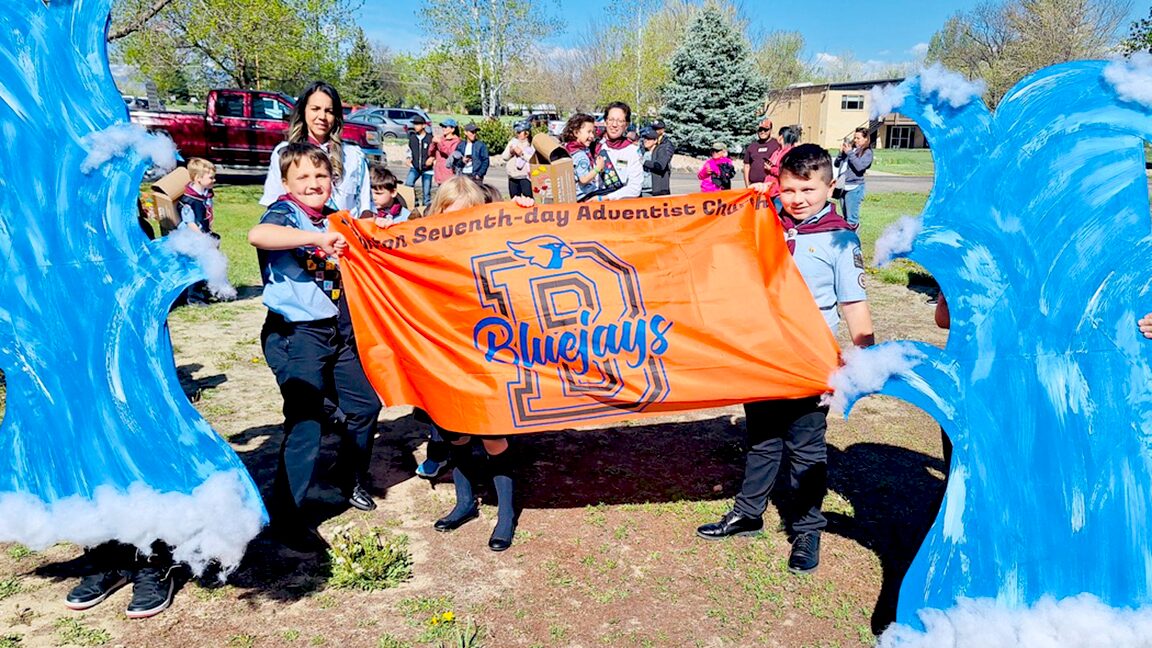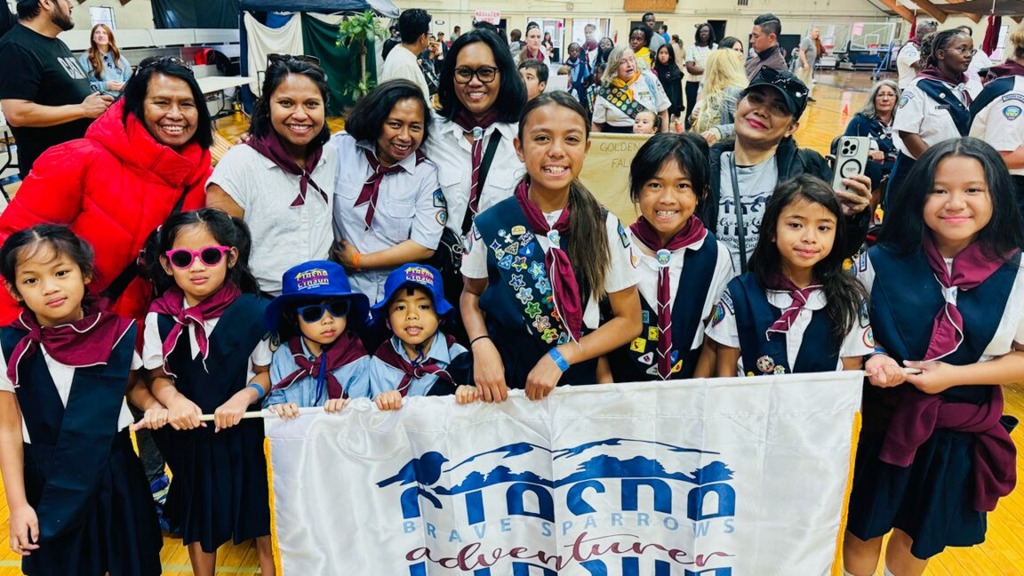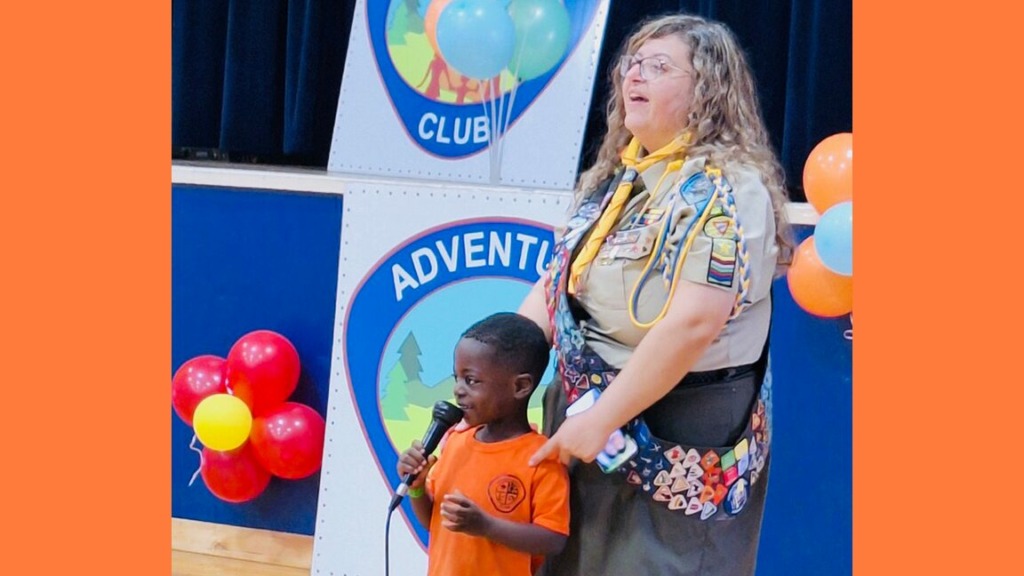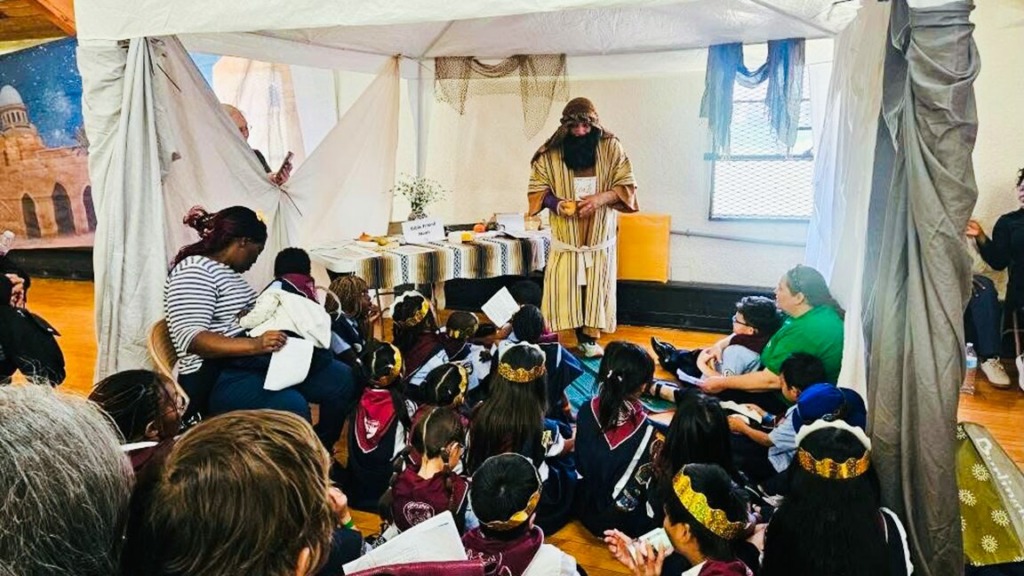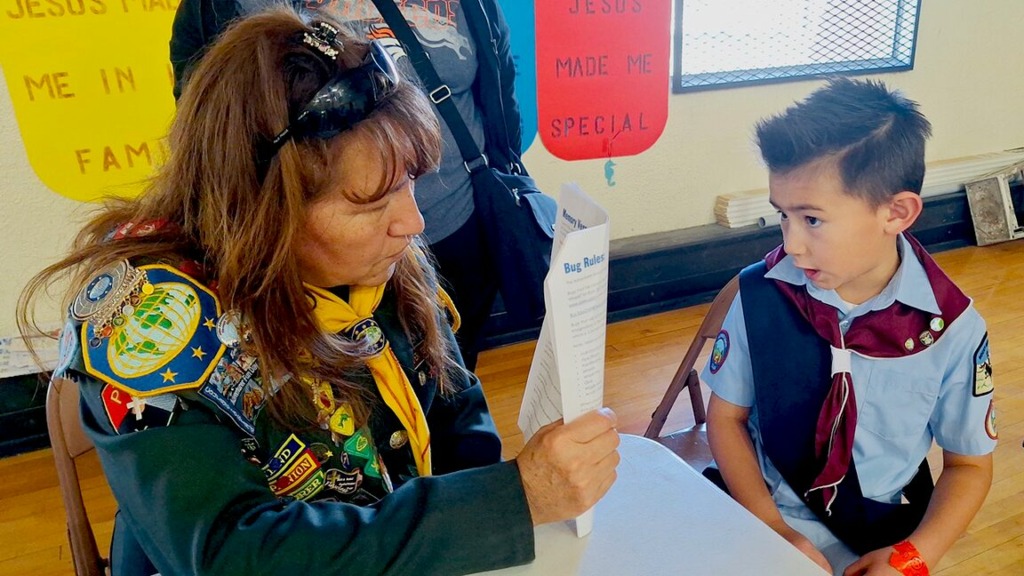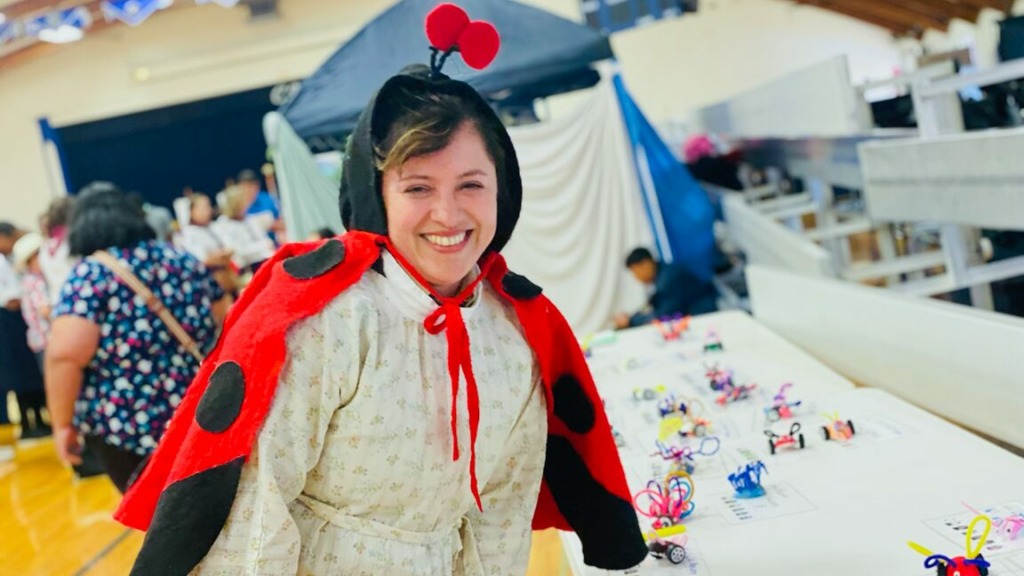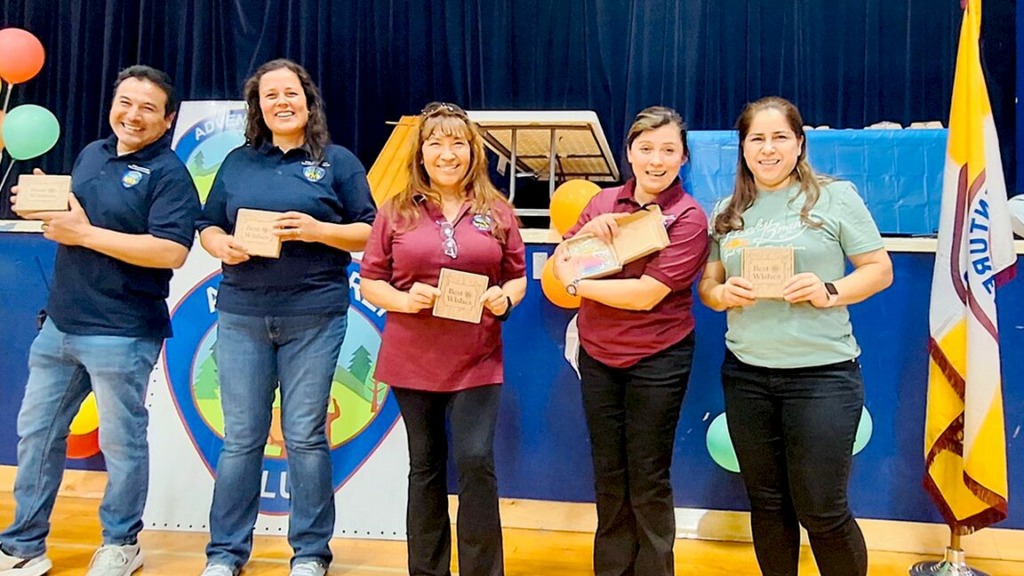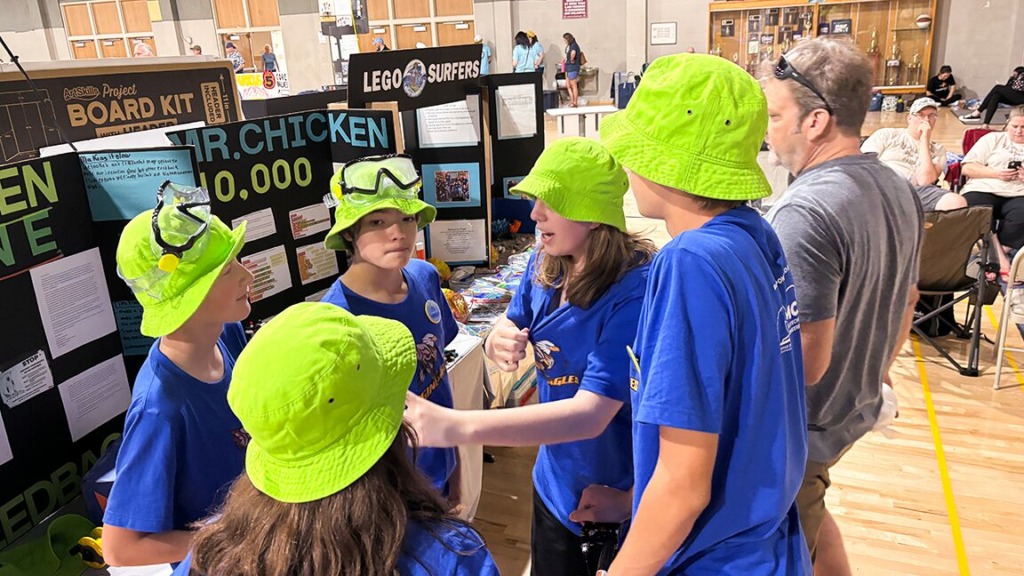Dorie Panganiban – Farmington, New Mexico … It was Spring of 2019 when the last Native Camp Meeting at the La Vida Mission (LVM) Seventh-day Adventist Church in Farmington, New Mexico, was held. Ed Barnett, then president of the Rocky Mountain Conference (RMC), was the featured guest speaker.
Then the COVID pandemic hit and shut down everything in March of 2020, which led to the cancelation of the planned Native Camp Meeting. “When the dark clouds of the COVID pandemic cleared up in 2023,” commented Dorie Panganiban, 2025 Native Camp Meeting coordinator, “we decided to host one, but, again, it did not materialize. Many of our native brothers and sisters were asking, ‘when are you gonna have camp meeting in La Vida, we miss the camp meeting there’.”
After six years of no Native Camp Meetings, one was finally held April 25-27, with the theme “Jesus is Coming, I Will Go Reach My World,” in conjunction with the World Church emphasis on preparing for Jesus Second Coming and going out to prepare others for His soon return.
“We were very blessed to have Dr. Rick Remmers, assistant to the president of the North American Division (NAD) and in-charge of NAD Native Ministries, as our God providential and God-given speaker to spiritually grace the event,” reflected Dorie. “His uplifting, elevating messages and presentations, and his pleasant and joyful presence and ministry have truly been a blessing to our souls. We surely praise God for sending him to us.”
“We are also grateful to our La Vida Mission board members who came, headed by our LVM Board president, Dr. Robert Gardner, and his lovely wife Kimone and sister Kimberly, for equally gracing the event. And we surely thank God for our native and non-native members around the Navajo Reservation and beyond, who came and joined us. We had delegations from Monument Valley, Kayenta, Chinle, Kinlichee, Window Rock, Gallup, Crownpoint, Farmington, Albuquerque, Rio Rancho, and community members around the Mission such as Lake Valley, Becenti, Whiterock, and Bisti,” she continued.
The Sabbath church services catered to all age groups, from one year old to the oldest member, through parallel programs for children, teens, youth, and adults. During Sabbath School in the adult division, three presenters shared how to go and reach people in the world for Jesus.
Steve Pester, Dine Adventist Radio* network manager, presented how to share through the airwaves; Oliver Fulton, elder of Chinle Seventh-day Adventist Church in Chinle, Arizona, shared how to reach and minister to alcohol and substance-challenged and addicted individuals. Rose Gomez, from Kinlichee-Window Rock, Arizona, spoke about reaching people for Jesus at flea markets, other native gatherings, and everywhere else.
Dorie noted, “Pastor Remmers spiritually fed the adults during the Hour of Worship, with Elder Whitehorse translating in Navajo, while Mrs. Kimone Gardner provided nourishment from the Word of God to our children and teens.”
The afternoon of April 26 was highlighted by the baptism of seven individuals. Four of these individuals were La Vida Mission* students made ready by VJ & Beth Panganiban, La Vida Mission Outreach co-directors, their dorm parents, and three community members prepared by the church outreach team.
The baptism service was followed by testimonies and sharing time among the adult participants in the sanctuary, hiking for the junior and teen campers, and craft activities for our younger kids. “Remmers gave his last presentation during the Sabbath sundown worship from the story of Samuel, giving us courage as ‘we go,’ to just listen to God and speak the message He want us to deliver and share with others and He will bless our efforts,” remarked Dorie.
But the Camp Meeting was not over yet. Saturday evening was for games, fun, and relaxing time with young people’s laughter filling the gym. The Camp Meeting concluded Sunday morning after breakfast in a combined devotional—closing for the Camp Meeting and opening for the La Vida Spring Board Meeting—with Gardner as the speaker, inspiring participants to keep dreams and hope alive in anticipation of Jesus’ Second coming.
The group separated after the devotional with the LVM board members going to the meeting and all the other Camp Meeting participants going to the La Vida Community Services Free Flea Market and a lunch of Navajo Tacos before heading home.
Dorie closed with, “Is your heart singing ‘How can I say thanks’ with me now? Indeed, how can I say thanks to our God for making another Native Camp Meeting possible after six years? Oh, how my heart praises Him for how He has made everything and every part of the program beautiful and a blessing to everyone. Amen, Praise the Lord!”
* Dine Adventist Radio and La Vida Mission are supporting ministries of the Seventh-day Adventist Church but are not affiliated with the Rocky Mountain Conference of Seventh-day Adventists.
—Dorie Panganiban is the La Vida Mission Seventh-day Adventist Church head elder and 2025 Native Camp Meeting coordinator. Photos supplied.


